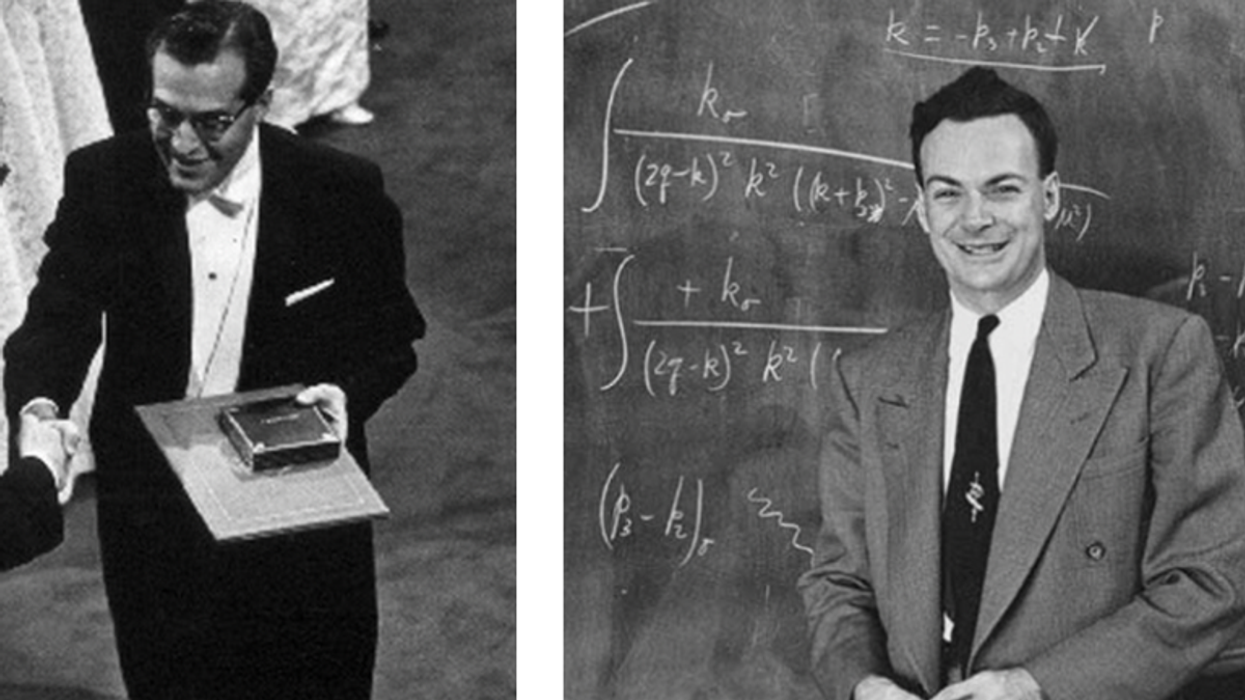[vimeo][/vimeo]
How do you light your home if you're not connected to an electrical grid? In the developing world, the answer is usually kerosene, a polluting fuel that causes health impacts similar to smoking cigarettes. It's expensive, dirty, and a frequent cause of fires. While many have promoted solar lighting as an alternative, two British designers think they may have a better solution: gravity-powered lighting.
When a weight attached to the light is lifted, those seconds of action produce about 30 minutes of LED light. Unlike solar lighting, the GravityLight can be charged at any time of day or night. Solar lights only work at night through the use of battery storage, and the designers point out that batteries—along with solar panels—are expensive, and out of the reach to many in the developing world.
The designers developed the project in their spare time over four years, while working at London-based design firm Therefore. They're expecting the light to cost less than $5 to manufacture at scale. Once a family purchases the light, they'll be able to keep it running at no additional expense.
They've got an Indiegogo campaign up now to help fund production of the first lights for testing—show them some love.
Images via Martin Riddiford and Jim Reeves
















 Otis knew before they did.
Otis knew before they did.